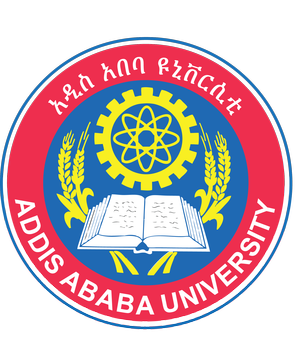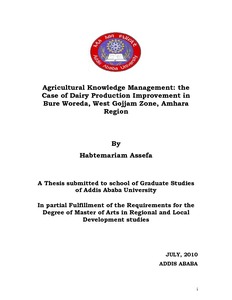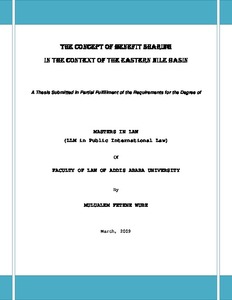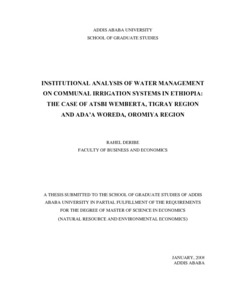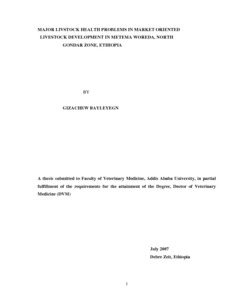Location
Addis Ababa University (AAU), which was established in 1950 as the University College of Addis Ababa (UCAA), is the oldest and the largest higher learning and research institution in Ethiopia. Since its inception, the University has been the leading center in teaching-learning, research and community services.
Beginning with enrollment capacity of 33 students in 1950, AAU now has 48,673 students (33,940 undergraduate, 13,000 Master’s and 1733 PhD students) and 6043 staff (2,408 academics and 3,635 support staff). In its 14 campuses, the University runs 70 undergraduate and 293 graduate programs (72 PhD and 221 Masters), and various specializations in Health Sciences.
Over 222,000 students have graduated from AAU since its establishment.
Members:
Resources
Displaying 11 - 15 of 20Rural Land Policy, Rural Transformation and Recent Trends in Large-scale Rural Land Acquisitions in Ethiopia
Examines the impact of rural land policy on rural transformation and food self-sufficiency in Ethiopia and the relation this has with recent trends in large-scale rural land transactions. Concludes that there is very little institutional and technical capacity at regional level to conduct monitoring and oversight and enforce project obligations effectively.
Agricultural knowledge management: Case of dairy production improvement Bure Woreda, West Gojjam Zone, Amhara Region
The government of Ethiopia gives great attention to agriculture and rural development for the country’s economy development. Dairy development is one of the components of agricultural development. To improve dairy production in certain locality, dairy producers should able to access and use appropriate knowledge for the particular problem at the right time. This research was conducted to assess agricultural knowledge management system and its challenges and opportunities of knowledge management processes in Bure district.
The concept of benefit sharing in the context of the eastern Nile Basin
This study attempted to predict the likely impacts of a dam reservoir and flow regulation on riparian plant composition and diversity. The study was conducted around the Koga dam in the upper part of the Blue Nile basin in the northwestern part of Ethiopia. Floristic composition and diversity in the riverine and adjacent sites of the river was studied. The presence of plant species that would be affected by the storage of the Koga River water and the modification of the downstream river flow regime were assessed.
Institutional analysis of water management on communal irrigation systems in Ethiopia: the case of Atsbi Wemberta, Tigray Region and Ada’a Woreda, Oromiya Region
This study analyses the institutional and organizational arrangements of irrigation water management and identifies the determinants of collective action and its effectiveness in managing communal irrigation schemes in the districts of Atsbi Wemberta (Tigray region) and Ada’a (Oromiya region), Ethiopia. Results are based on data collected from a survey of 169 groups (communities) and 22 scheme level focus group interviews. All tabias which have irrigation projects that operated, in year 2006/07 are included. Analysis of descriptive and econometric methods are used.
Major livestock health problems in market oriented livestock development in Metema woreda, north Gondar Zone, Ethiopia
The research was conducted to assess the major animal health problems in market oriented livestock developments and to know the veterinary service in Metema woreda North West of the country from November 2006 to June 2007.A questionnaire survey was conducted in 80 livestock owners to collect information on major livestock health problems, veterinary service of the

